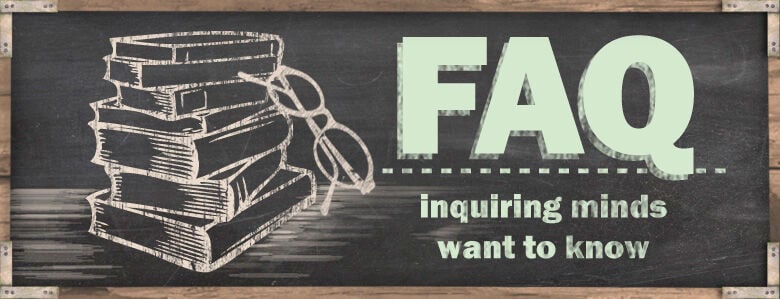

Browse By:
Additional Questions?
Menu

Browse By:
Additional Questions?
Menu
Welcome




